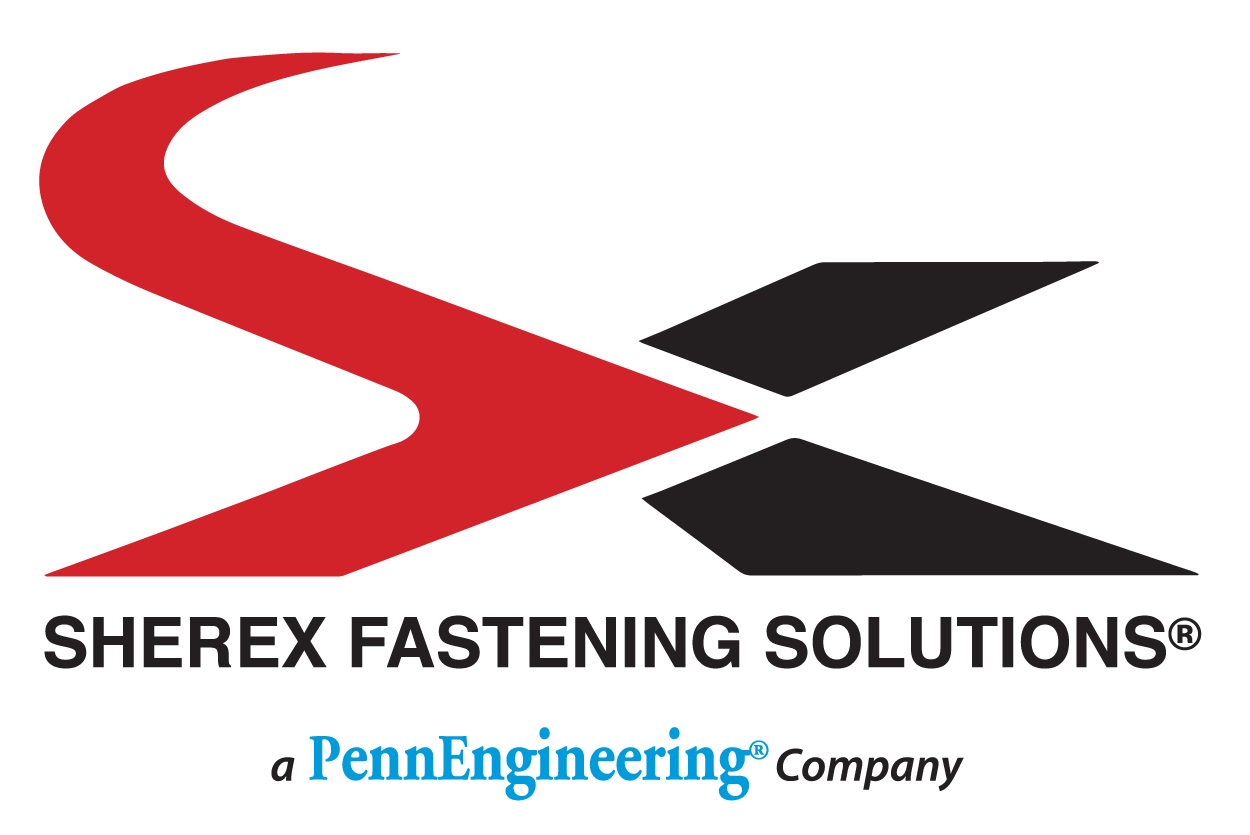Spin-Spin vs. Spin-Pull Rivet Nut Tooling
Leave a CommentWhen it comes to rivet nut tooling, there are a variety of different options. While small-volume applications may often result in a manual hand tool being the best choice, larger-volume installation projects may require more robust tooling. Two of the most popular non-manual options are air-powered tools that install rivet nuts through either a spin-spin and spin-pull action.
Let’s go through the differences between spin-spin and spin-pull rivet nut installation tools.
Spin-Spin Rivet Nut Tool
A spin-spin rivet nut tool is an air-powered tool that, once a rivet nut is secured onto it, utilizes torque to spin its mandrel inward in order to collapse the rivet nut. The torque, driven by an air motor, ramps up continuously until the rivet nut fully collapses. After installation, the tool’s reverse trigger must be pressed to separate the tool from the now-installed rivet nut. In order to both maintain tool integrity as well as ensure proper installations, it is recommended that spin-spin mandrels be lubricated with wax.
The benefit of using spin-spin tools is that they are less expensive than spin-pull and can often be more lightweight, but its capabilities aren’t as complete as the spin-pull tool.
The installation base material can vary in thickness, but it is recommended that the rivet nuts being installed are thin-walled steel, aluminum or brass. Also, depending on what kind of spin-spin tool you purchase, it may often be limited in the thread sizes it can install. For instance, Sherex’s SSG-802 spin-spin tool is capable of installing parts with #10, ¼”, M5, and M6-diameter threads, and the SSG-803 is capable of installing 5/16”, 3/8”, M8, and M10-diameter threads. A hydro-pneumatic spin-pull tool is capable of installing all sizes between M3 to M10.
For a job that is consistently is going to use one part and one size, a spin-spin rivet nut tool would be a solid recommendation for the price.
Spin-Pull Rivet Nut Tool
A spin-pull rivet nut tool installs rivet nuts by pulling back its mandrel, rather than spinning it back. The rivet nut spins itself on to the mandrel, and then the mandrel pulls the threads of the rivet nut on to the base material, installing the rivet nut. The tool then spins the opposite way to release installed rivet nut. This tool is also referred to spin-pull-spin as explained in the two sentences before.
Sherex’s Flex-5 line of spin-pull tools is hydro-pneumatic, as the tool uses air and oil to install the part. A spin-pull tool can install everything that a spin-spin tool can, as well as more heavy-duty rivet nuts like full-body hex-style rivet nuts, European body styles, and stainless steel parts.
Another benefit of using a spin-pull tool is that it can install a wide range of thread sizes – from M3 through M10 for metric sizes, and from #4-40 to 3/8”-24 for inch sizes. You would need three different spin-spin tools to install that thread range!
For a job that is consistently is going to use one (compatible) part at one size, a spin-spin rivet nut tool would be a solid recommendation for the price. A spin-spin tool may be heavier and more expensive, but it is a far more versatile tool that can install more styles and more sizes of rivet nuts. All that is needed – for either tool – is the appropriate headset for the thread size you are trying to install.
Need help deciding between a spin-spin tool and a spin-pull tool for your next project? Contact us!





